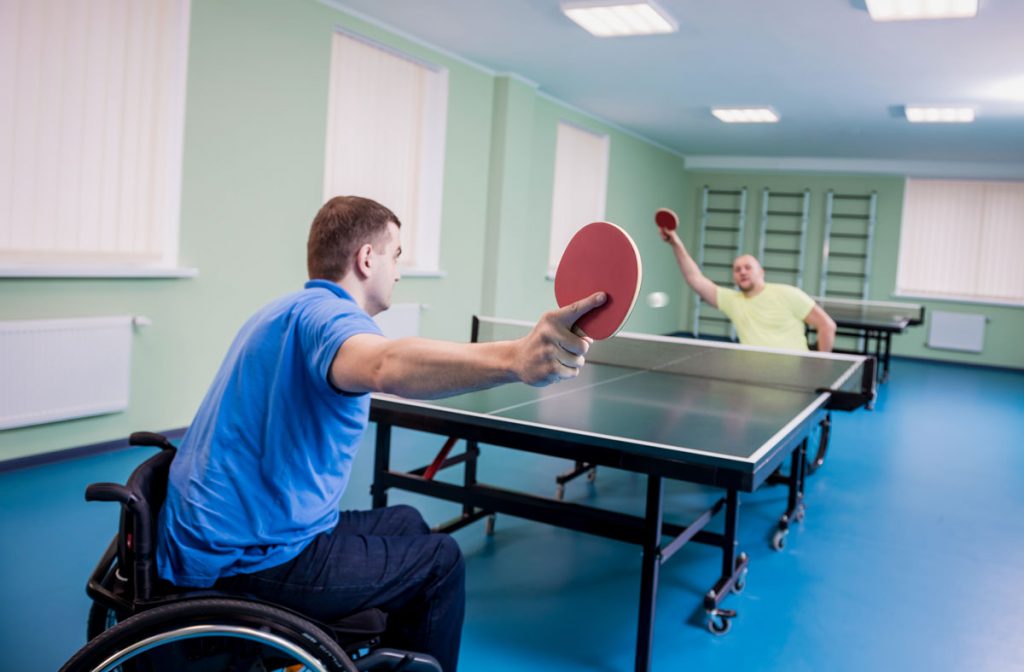6 Simple Techniques For Dementia Fall Risk
6 Simple Techniques For Dementia Fall Risk
Blog Article
Not known Details About Dementia Fall Risk
Table of ContentsThe Best Strategy To Use For Dementia Fall RiskThe smart Trick of Dementia Fall Risk That Nobody is DiscussingHow Dementia Fall Risk can Save You Time, Stress, and Money.Some Known Factual Statements About Dementia Fall Risk
An autumn threat evaluation checks to see exactly how likely it is that you will certainly drop. It is primarily provided for older adults. The analysis generally consists of: This includes a collection of concerns concerning your general wellness and if you have actually had previous drops or issues with balance, standing, and/or walking. These devices check your stamina, equilibrium, and stride (the method you walk).Treatments are suggestions that may lower your danger of dropping. STEADI includes three actions: you for your danger of dropping for your danger elements that can be boosted to try to stop drops (for instance, equilibrium troubles, damaged vision) to lower your risk of falling by utilizing efficient strategies (for example, supplying education and learning and sources), you may be asked a number of inquiries including: Have you fallen in the past year? Are you worried about dropping?
If it takes you 12 secs or even more, it may mean you are at higher risk for a fall. This examination checks toughness and balance.
Move one foot midway ahead, so the instep is touching the huge toe of your various other foot. Move one foot completely in front of the other, so the toes are touching the heel of your other foot.
The 4-Minute Rule for Dementia Fall Risk
The majority of drops take place as an outcome of several contributing elements; therefore, handling the threat of falling starts with determining the factors that add to fall threat - Dementia Fall Risk. Some of the most relevant risk elements include: History of prior fallsChronic medical conditionsAcute illnessImpaired stride and balance, reduced extremity weaknessCognitive impairmentChanges in visionCertain risky drugs and polypharmacyEnvironmental elements can likewise raise the threat for drops, consisting of: Inadequate lightingUneven or damaged flooringWet or unsafe floorsMissing or harmed handrails and grab barsDamaged or improperly equipped devices, such as beds, wheelchairs, or walkersImproper usage of assistive devicesInadequate guidance of the individuals residing in the NF, consisting of those who display aggressive behaviorsA successful loss risk administration program calls for a detailed medical assessment, with input from all participants of the interdisciplinary group

The care strategy ought to also include interventions that are system-based, such as those that promote a risk-free atmosphere (suitable lighting, hand rails, order bars, and so on). The performance of the interventions need to be evaluated regularly, and the care strategy revised as needed to mirror adjustments in the autumn risk analysis. Implementing an autumn danger monitoring system using evidence-based finest technique can lower the prevalence of drops in the NF, while limiting the potential for fall-related injuries.
Dementia Fall Risk for Dummies
The AGS/BGS guideline recommends evaluating all grownups matured 65 years and older for autumn threat each year. This testing includes asking clients whether they have actually dropped 2 or more times in the previous year or sought medical interest for an autumn, or, if they have not fallen, whether they feel unstable when walking.
Individuals who have fallen as soon as without injury should have their balance and stride evaluated; those with stride or balance problems ought to obtain added analysis. A history of 1 loss without injury and without gait or equilibrium issues does not require further assessment past ongoing annual autumn danger screening. Dementia Fall Risk. A fall danger evaluation is required as component of the Welcome to Medicare assessment

Getting My Dementia Fall Risk To Work
Documenting a drops history is among the high quality signs for fall prevention and monitoring. An important component of threat evaluation is a medicine testimonial. Numerous classes of medicines enhance loss danger (Table 2). Psychoactive medications particularly are independent predictors of drops. These medications often tend to be sedating, change the sensorium, and impair balance and stride.
Postural hypotension can commonly be reduced by lowering the dosage of blood pressurelowering medications and/or quiting medications that have orthostatic hypotension as a negative effects. Use of above-the-knee assistance pipe and resting with read this post here the head of the bed boosted might additionally minimize postural decreases in high blood pressure. The recommended elements of best site a fall-focused checkup are shown in Box 1.
.png)
A pull time more than or equal to 12 seconds suggests high fall risk. The 30-Second Chair Stand test evaluates lower extremity strength and balance. Being incapable to stand up from a chair of knee elevation without utilizing one's arms suggests raised autumn threat. The 4-Stage Balance examination analyzes static equilibrium by having the client stand in 4 settings, each considerably a lot more difficult.
Report this page